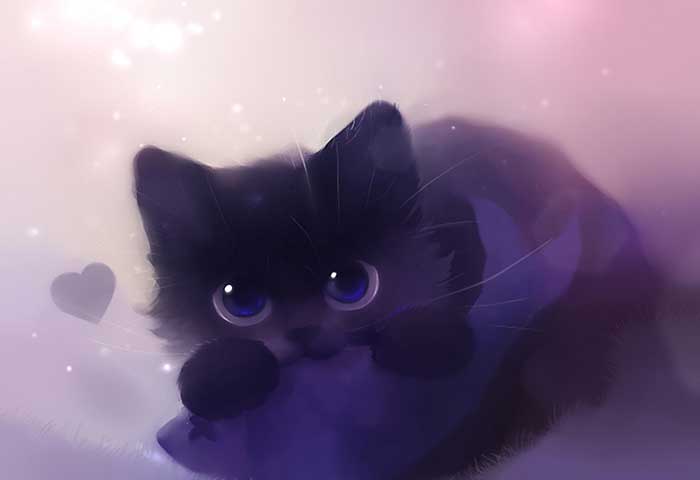[ad_1]
My love for bright colors, details, patterns and zentangle kind of started from here …. Madhubani paintings are one of the popular Indian folk art. Also known as 'Mithila Paintings' the name Madhubani comes from the village named Madhubani (in the State of Bihar in Northern India) where the art form originated and is practiced. The name Madhubhani translates to Forests of Honey. The art is created on the walls that have been plastered with cow dung and mud paste to render a dark background. The female members of the house practiced the art. It served as a creative expression tool for their everyday lives and happenings. With the belief that Gods visited each house in the morning hours, the art primarily donned the walls and doors, intending to please and welcome the Gods.
Madhubani or Mithila Paintings are said to have originated during the period of Ramayana, when King Janaka commissioned artists to do paintings during the wedding of his daughter, Sita to Lord Ram. The paintings usually depicted nature and Hindu religious motifs, the themes generally revolve around Hindu deities. Natural objects like the sun, moon, and religious plants like tulsi (sacred basil) are also beautifully painted, along with scenes from the royal court and social events like weddings. Usually no space is left empty, the gaps are filled with flowers, animals, birds, and even geometric designs. The painting was one of the skills that was passed down from generation to generation in the families of the Mithila Region, mainly among women. The paintings were made on the walls during festivals, religious events, and other millions of the life-cycle such as birth, Upanayanam (Sacred thread ceremony), and marriage. The "kohbar ghar" paintings, which are made on the nuptial chamber, were traditionally made to bless the newly married couple and the main theme of these paintings usually revolves around love and fertility. The symbols of fertility and prosperity include sun, moon, parrot, elephant, fish, turtle, bamboo tree, lotus, etc. The colors used are bright – blue, black, deep red, light yellow, pink, lemon and green and these created the right mood and played an important role. The bright red and yellow depict energy, passion and the binding force.
Among the first modern outsiders to document the tradition of Madhubani paintings were William and Mildred Archer. Archer was a British civil servant assigned to the district during the colonial era. The Archers obtained some drawings on paper that the women painters were using as aids to memory. Works that the Archers collected went to the India Records Office in London (now part of the British Library) where a small number of specialists could study them as creative instances of India's folk art.
Madhubani Art gained recognition in India in the late 1960's. After a drought in the region there was a severe economic crisis. In order to create a new source of non-agricultural income, the All-India Handicrafts Board encouraged the women artists to produce their traditional paintings on handmade paper for commercial sale. Since then, painting has become a primary source of income for scores of families. It is a tribute to the resourcefulness of the women of Mithila who have successfully transferred their techniques of bhitti chitra or wall-painting to the medium of paper.
Traditionally, natural colors were used that were obtained from plant extracts like henna leaves, flower, bougainvillea, neem, etc. Then, to make the paint stick to the painting medium, these natural juices are mixed with banana leaves resin and ordinary gum. In recent times, synthetic colors that come in powdered form are easily available in the market. However, traditional artists still use colors derived from natural sources. The most popular natural colors in Madhubani art include deep red which is derived from Kusuma flower, black from burnt jowar, green from Bel trees, orange from Palasa flower and light yellow from turmeric mixed with banyan leaf milk. Two different kinds of brushes are used – one for small details that is made out of bamboo twigs and the other for filling in the space that is made from a small piece of cloth attached to a twig.
Interestingly, Madhubani paintings have three distinguished styles:
1. Brahmin Style – The Brahmins are the upper most caste in the Hindu culture and the paintings created by them were allowed liberal use of vibrant colors and their paintings were inspired by the sacred texts with stories of various Hindu Gods and Goddesses like Ram, Seetha , Krishna, Durga and Shiva.
2. Kshatriya Style – The Kshatriyas are a little below the Brahmins in the caste hierarchy and were allowed the use of only black and red colors. The subjects of the paintings were similar as the Brahmin style.
3. Tatoo Style – The Dusadhs are the low caste group and they were not allowed to represent divinities but they could use bright colors. Here their themes included the fluora and fauna, and of Lord Salhesh – a Dusadh cultural hero. This style is known as Tattoo or Godhana painting.
The main artists who welcomed this art to the world include Smt Bharti Dayal, Ganga devi, Smt Bua Devi, late Smt Jagdamba Devi, late Smt Sita Devi, Smt Mahasundari Devi and others. Madhubani painting got official recognition in 1970 when the President of India gave an award to Mrs Jagdamba Devi of Village Jitbarpur near Madhubani. Beside her, other painters, Mrs Sita Devi, Mrs Mahasundari Devi, Mrs Godavari Dutt, Mrs Bharti Dayal and Bua devi were also given national awards in this field field by President of India.
[ad_2]
Source

